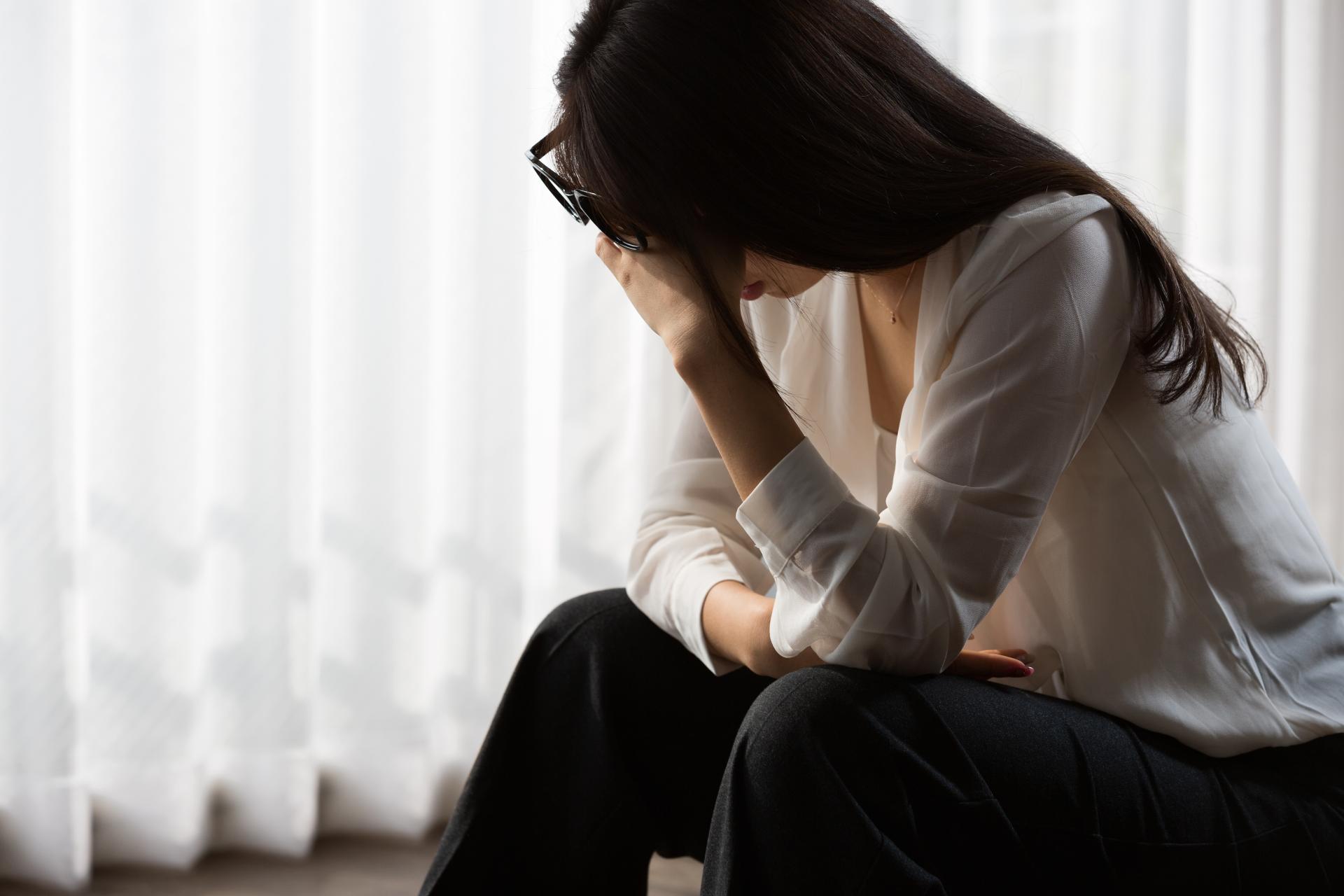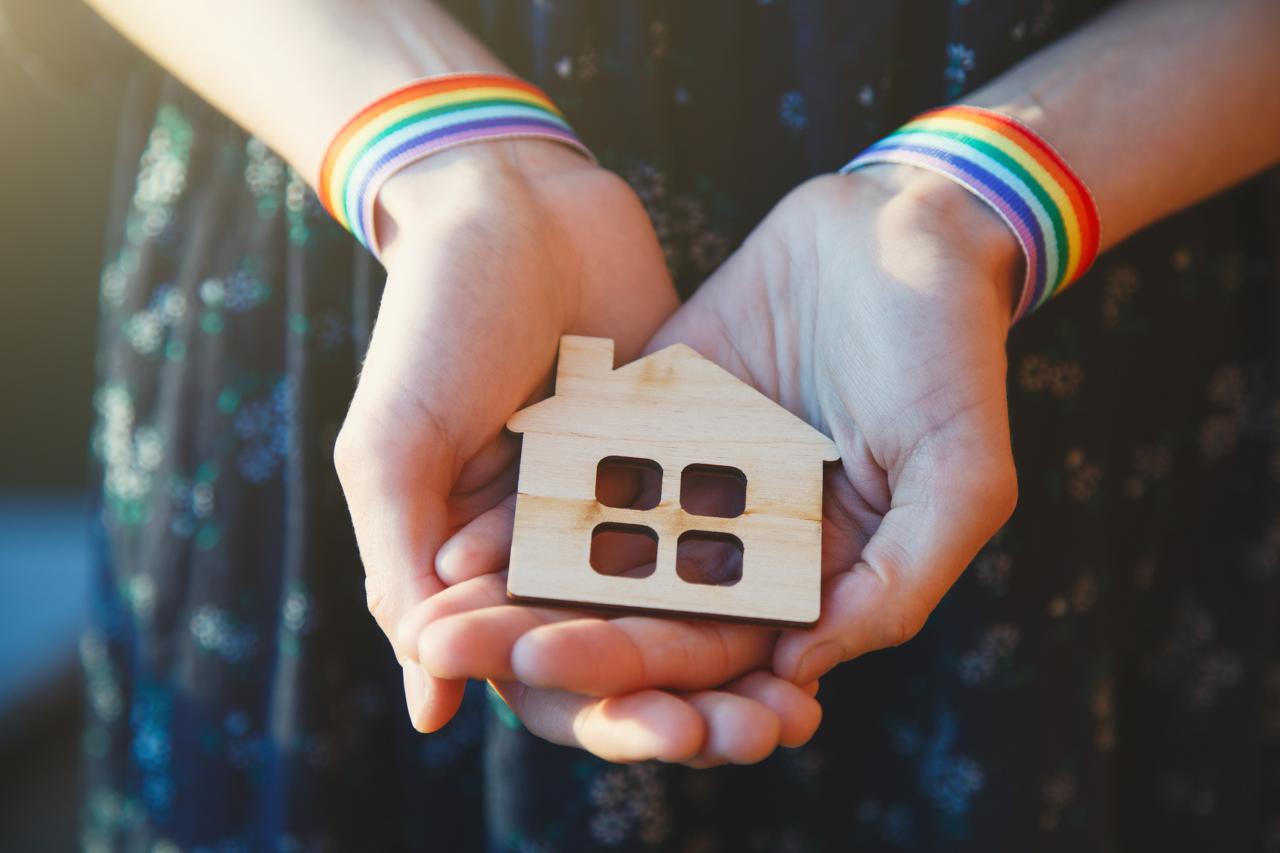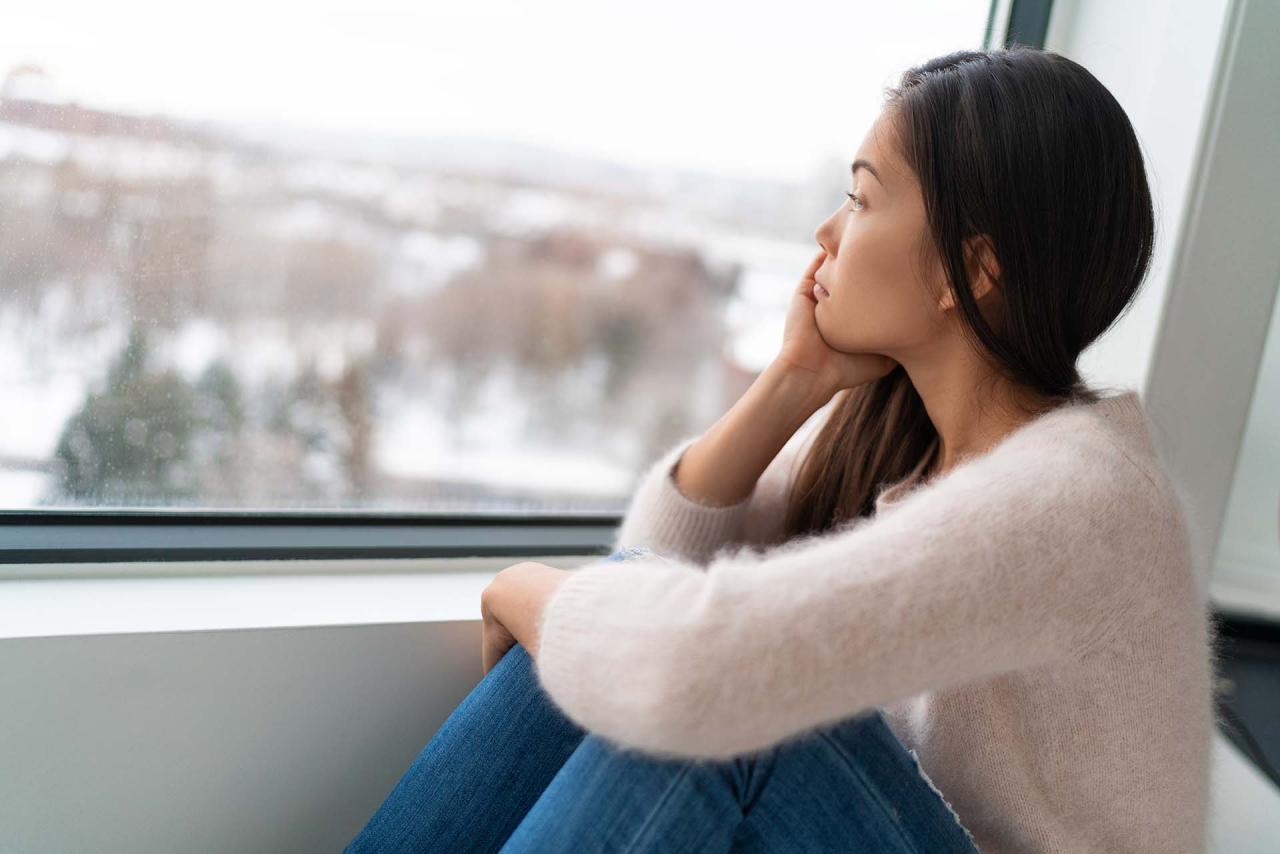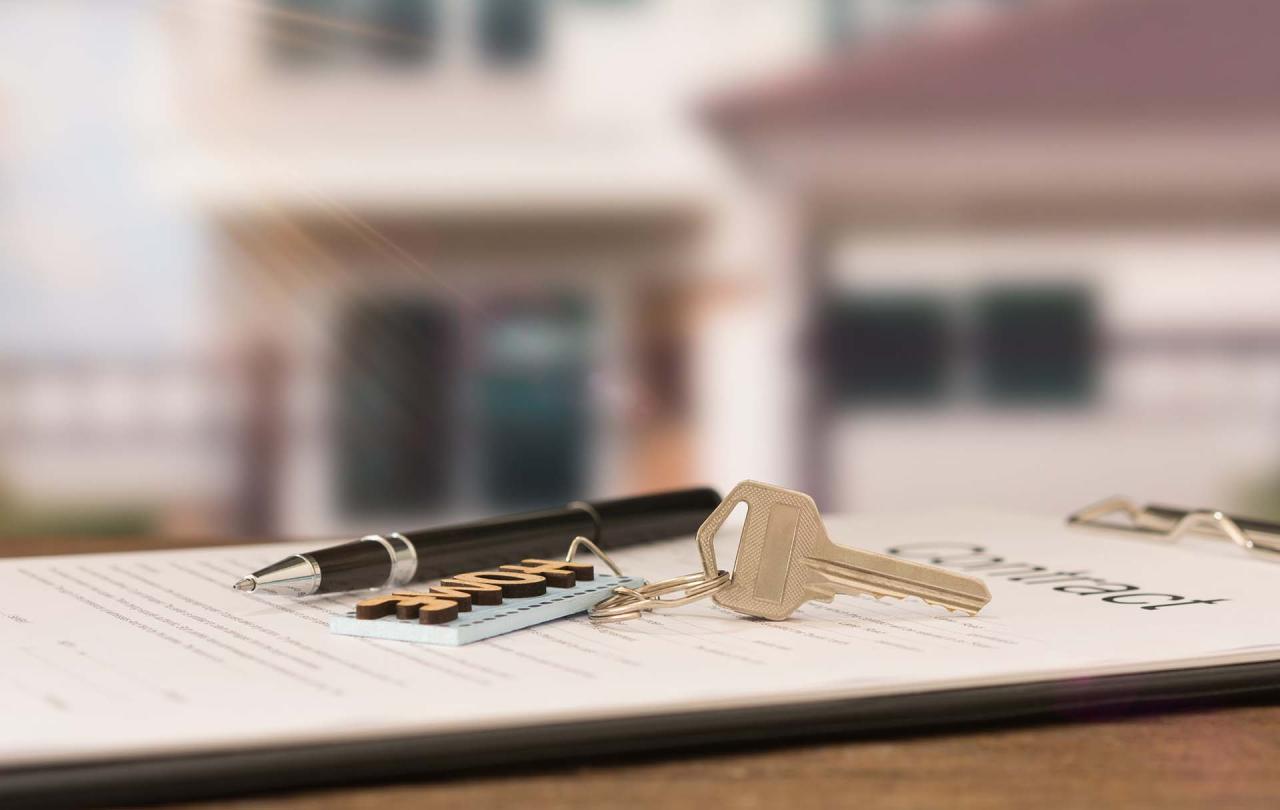
What are the real costs of Australia’s housing crisis for women?
This Brief has been updated from its original publication on 8 March, 2023.
07 Mar 2024
As Australian governments work to resolve a housing crisis that has been slowly building over decades, we ask, what is our crisis of unaffordable housing costing us as a nation? On International Women’s Day 2024, this updated AHURI Brief explores what the housing crisis is costing Australian women.
While there is currently no comprehensive approach to understanding gender and its role in housing, what we do know is sobering:
- women are less likely to be able to save for a deposit on a home, and those who do manage it take longer to save for a deposit than their male peers. Women are therefore less likely to own a home to support them in retirement
- older women paying off a mortgage experience higher levels of stress than their male peers, which impacts their health and wellbeing, and places further demands on our health systems
- most severely, as housing becomes even less affordable, the numbers of women experiencing homelessness continues to rise, with the rate of increase for women being much higher than the rate for men. Furthermore, between the 2016 and 2021 Censuses the most dramatic increases have been in the number of homeless women aged 35 to 44 years and young women aged 12 to 18 years.
Women experience higher hurdles to accessing housing
While expensive house rents and purchase prices are a concern for all Australians, for Australian women, particularly single women with children, the high costs are the cause of significant grief. Already high rental and purchase prices are made worse by the fact that, on average, women’s weekly earnings are 14 per cent less than men’s. As a result, finding and paying an affordable rent (i.e. paying no more than 30% of income) for a single woman is just that more difficult.
Table 1: Average affordable rent for women is lower than for men
|
Males |
Males, affordable weekly rent @ 30% |
Females |
Females, affordable weekly rent @ 30% |
|
|---|---|---|---|---|
| Aust. | $1,872.90 | $561.87 | $1,609.00 | $482.70 |
Average weekly ordinary time earnings, full time adults, Australia, by sex, May 2022 ($2022)
Similarly, for a woman on average weekly earnings wanting to buy a house it takes longer to save enough for a deposit. For example, to buy a property at the mean house price in Australia of $889,800 (In September 2022), it would take a male worker on average weekly earnings 316 weeks (just over 6 years) to earn enough to save a 20 per cent deposit (if saving 30% of income each week), while a female worker would need to save for 368 weeks (just over 7 years) to achieve the same deposit.
Table 2: The average female worker needs an extra year to save for a home deposit, compared to her male peer
|
Mean house price, Australia Sept 2022 |
20% deposit |
Male, time to earn deposit if saving 30% a week |
Female, time to earn deposit if saving 30% a week |
|---|---|---|---|
| $889,800 | $177,960 | 317 weeks | 369 weeks |
| 6 years 4 weeks | 7 years 4 weeks |
Source: ABS Total Value of Dwellings (September 2022)
However, because of the typical demands of being a primary care giver to their children (and sometimes other family members such aged parents), women are much more likely to be working part time (69% of all part-time employees) or not be in the paid workforce (with a workforce participation rate of 76% compared to 83% for men) and therefore not earning a full time income. In these cases, for a single woman, saving for a deposit is almost impossible.
Single mum families are on the rise, but they face extra barriers to accessing housing
Women are much more likely to be raising a child on their own, with 80 per cent of Australia’s one million one parent families being single mothers. Single mothers are also less likely to be working than single fathers; in one parent families with dependant children (i.e. aged 0 to 14, or 15 to 24 if the child is studying full time), just over two thirds (67%) of single mothers were employed compared with three quarters (75%) of single fathers.
There has been a large growth in the number of single parent families over the five years to 2021—a 12 per cent increase in comparison to 9 per cent increase in population—which also indicates a rise in the number of women raising children by themselves and the growing potential for them to be living in unaffordable housing.
Table 3: The rate of increase in one parent families doubled from 2016-2021
|
2011 |
2016 |
2021 |
2011-16 rate of increase |
2016-21 rate of increase |
|
|---|---|---|---|---|---|
| One parent family | 867,972 | 919,129 | 1,033,394 | 5.9% | 12.4% |
| Households | 8,182,562 | 8,861,620 | 9,808,428 | 8.3% | 10.7% |
| Population | 21,507,720 | 23,401,891 | 25,422,788 | 8.8% | 8.6% |
Rate of increase in one parent families, 2011 to 2021. Australia. Source: ABS 2021 Census, Time Series. Table T14
Single mothers can face unaffordable housing costs as they need to rent or buy a dwelling with enough bedrooms for their children; this is especially the case if their children are incompatible for a shared a bedroom. Finding a shared house with an unrelated housemate may also be seen as less of an option, as the right housemate needs to be someone who the parent feels is ‘safe’ with their child.
Anecdotal reports suggest that house sharing with non-family can be stressful for parents, as they can worry about the noise and mess their children create in the house and the impact that has on unrelated housemates.
Older women have fewer resources and experience greater stress
One of the consequences for women of having had work lives fragmented by having children and raising family is that their median superannuation balances at retirement are around 23 per cent lower than for men, which reduces their ability to pay off a mortgage. While the pressure of not being able to afford to pay for one’s home is a huge stress for all householders, AHURI research has identified that older women who are still paying their house mortgage ‘generally have lower levels of mental health and higher levels of psychological distress than male mortgagors’ and that ‘marital breakdown, ill health and poor labour market engagement all adversely affect women’s … mental health scores more than men.’
The same AHURI research shows that older people (both women and men) who still have a mortgage to pay on their home will use their superannuation to reduce their housing debt, particularly if they face an inability to pay their mortgage. An inevitable outcome will be that if ‘superannuation balances are being run down to pay off mortgage debt rather than meet spending needs in retirement, there will be growing pressure on the age pension system.’
In addition, with nearly 8 per cent of older mortgagors being unable to pay their utility bills on time (compared to around 3 per cent of outright owners), there is also a very real risk of poverty and material deprivation ‘for single elderly women, who have longer life expectancies than men, but lower superannuation balances.’
Women’s homelessness is increasing
A severe consequence of the increase in unaffordable housing is that the numbers of homeless women has continued to rise, from 49,017 in 2016 to 53,974 in 2021 (a 10 per cent increase compared to the 2 per cent increase in the number of homeless men).
While the 2016 Census saw the strongest increase (by 51 per cent) in homelessness among older women aged 65-74, this stabilised in the 2021 Census. The most dramatic increases between the 2016 and 2021 Censuses were the 20 per cent increase in the number of homeless women aged 35 to 44 years, and the nearly 18 per cent increase in homelessness for teenaged women aged 12-18.. The largest overall group of homeless women (11,097 women) are younger women aged 25 to 34 years.
For every one of these women, whether older or younger, the impact of being homeless can have life-long effects, including greater risk of poorer mental and physical health, which in turn also impacts our health system. People experiencing homelessness are over-represented in many health statistics, including emergency department presentations, hospitalisation, and psychiatric care. However, they are under-represented in the use of some other health services, such as preventive health check-ups, which contributes to an increased risk for late diagnosis of health problems; poorer control of cardiovascular disease, hypertension and diabetes; and greater hospitalisation for preventable conditions.
Figure 1: In the 2021 Census, women aged 35-44 were the fastest growing group experiencing homelessness
Rates of increase in homelessness 2011 to 2021 for different age groups. Australia. Source: ABS 2049 Estimating Homelessness. 2011 Table 12, 2016 Table 1.12, 2021 Table1.12
A lack of affordable housing is keeping women (and children) in unsafe homes
Domestic and Family Violence (DFV) is a leading cause of homelessness for women and children, with the proportion of Specialist Homelessness Services (SHS) clients experiencing DFV growing from 32 per cent of all clients in 2012–13 to 40 per cent in 2016–17. An Australian Institute of Health and Welfare (AIHW) survey revealed that 3 per cent of woman aged 25 to 34 reported they had experienced DFV in the 12 months previously, the highest proportion of any age group.
While there are government strategies to provide rent supplements for women escaping DFV (for up to 3 years), to escape DFV, women need housing that is affordable in the long term. AHURI research interviewing workers in DFV support services identified that a lack of affordable housing increases risks that women may return to abusive relationships so as to have housing for their children and themselves. In some cases, due to a lack of suitable housing, workers believed their services could only ‘offer accommodation that is perceived by their client to be more dangerous than current arrangements, and this results in clients feeling that they have no choice but to stay with the perpetrator.’
Improving access to housing for women
Having sufficient quantities of affordable housing with safe, secure tenure is essential to reducing the impacts of the ongoing housing crisis for women, and to creating a foundation for healthy, productive lives for over half our population.
It is appropriate that women escaping DFV are a priority group for the delivery of social housing by the Federal Government and state and territory governments. In addition, as highlighted in this Brief, there is good evidence to consider prioritising women—both older (over 55) and younger (25-34)—for affordable housing and ensuring that the design of these homes caters for their specific needs, in particular that it provides a safe environment for them and any dependent children.
Postscript:
AHURI has recently released research ‘Gendered housing matters: toward gender-responsive data and policy making’. The research explores the impacts of gender in understanding housing and homelessness issues and shows that people’s housing opportunities, pathways, assistance and outcomes are affected by their gender. The impact of gender on housing outcomes becomes even more obvious when combined with cumulative lifetime impacts that can often co-exist for genders – such as critical life events, educational opportunities, family formation and/or relationship dissolution issues
Read the research: https://www.ahuri.edu.au/research/final-reports/415
This Brief has been updated from its original publication on 8 March, 2023.



